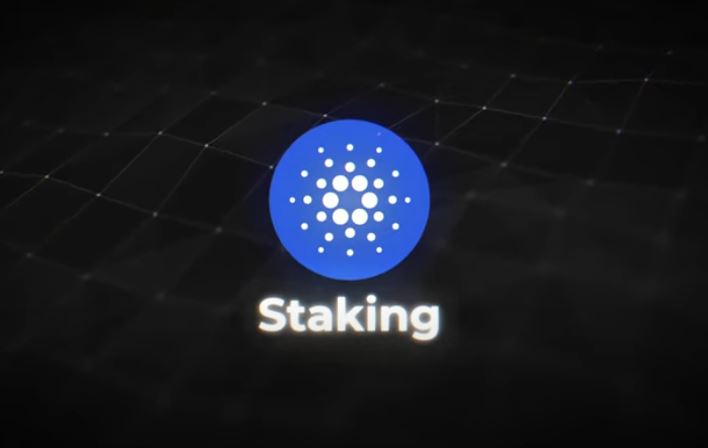Cardano, which combines academic rigor with a methodical approach to blockchain development, has remained one of the most intriguing cryptocurrencies. Investors are still debating whether ADA is a project that is losing steam in a field that is developing at breakneck speed or if it is a breakthrough in digital finance. With its rigorous, research-based updates and an extremely effective proof-of-stake system, Cardano is well-positioned for sustained stability. However, its capacity to grow and gain a sizable market share is still being questioned due to intense competition from quicker-moving projects.
Cardano stands out for its dedication to peer-reviewed research, which has made its blockchain one of the most thoroughly examined in the cryptocurrency industry. Cardano makes sure that every update is supported by scholarly validation, in contrast to Ethereum’s quick, iterative development. This procedure has been especially helpful in keeping an exceptionally clear roadmap and preventing serious security vulnerabilities. But detractors contend that this methodical approach has resulted in lost opportunities, particularly as initiatives like Solana and Avalanche rapidly grow their ecosystems.
| Feature | Details |
|---|---|
| Founding Year | 2017 |
| Founder | Charles Hoskinson |
| Native Token | ADA |
| Consensus Mechanism | Proof-of-Stake (Ouroboros) |
| Market Position | Top 10 Cryptocurrencies by Market Cap |
| Key Use Cases | Smart Contracts, Decentralized Finance (DeFi), Governance |
| Total Supply | 45 billion ADA |
| Notable Partnerships | Ethiopian Government, World Mobile, European Investment Bank |
Cardano’s staking model, which gives investors a way to generate passive income while bolstering network security, is one of its best features. As a result, there is now much less dependence on energy-intensive mining, which appeals to investors who care about the environment. Large-scale transactions can now be supported by Cardano’s Ouroboros proof-of-stake consensus without experiencing the congestion problems that have beset Ethereum.
The price of ADA has fluctuated significantly despite its strong fundamentals, which is typical of cryptocurrency markets. Its 2021 peak of $3.10 showed promise for the implementation of its smart contract, but ADA found it difficult to sustain its upward trend as competition grew and market sentiment changed. Now, the question is whether Cardano’s cautious development strategy will result in sustained market leadership or if it will keep falling behind networks with faster growth rates.

Cardano now faces additional difficulties as a result of Ethereum 2.0’s shift to a proof-of-stake model. ADA initially positioned itself as a more affordable and scalable option, but Ethereum’s improvements have reduced that difference. Cardano needs to demonstrate its worth beyond just being a less expensive option, since the Ethereum ecosystem has a vast developer network and decentralized apps.
Adoption is one of Cardano’s biggest challenges. The true difficulty is getting major developer interest, even though it has established a number of noteworthy alliances, such as contracts with governments and academic institutions. Cardano’s smart contracts are still not as widely used as those on Ethereum, Binance Smart Chain, or even more recent rivals like Avalanche. Cardano has found it challenging to take advantage of the rapid expansion of decentralized finance due to the absence of a strong DeFi ecosystem.
Cardano offers long-term investors both risk and opportunity. Although its methodical approach to blockchain development is unquestionably rigorous, some have questioned whether it can keep up with the quickly changing cryptocurrency market given how slowly it has implemented some essential features. Although some investors value its stability, others are concerned that rivals like Solana will innovate more quickly than Cardano’s deliberate advancements.
In the future, Cardano’s layer-2 scaling solution, Hydra, might be revolutionary when it launches. If Hydra is successful, it could allow for cheaper and faster transactions, which would increase Cardano’s attractiveness for practical uses. Projects needing high throughput, like supply chain management and financial services, should benefit most from this upgrade.
For investors who value long-term stability and innovation supported by research, Cardano is still a strong choice. But more than just solid foundations, the larger cryptocurrency market is propelled by quick uptake, creativity, and practical applications. In addition to proving that its methodology is sound academically, Cardano must show that it can provide the speed, scalability, and developer engagement required to stay competitive in a market that is becoming more and more crowded.


